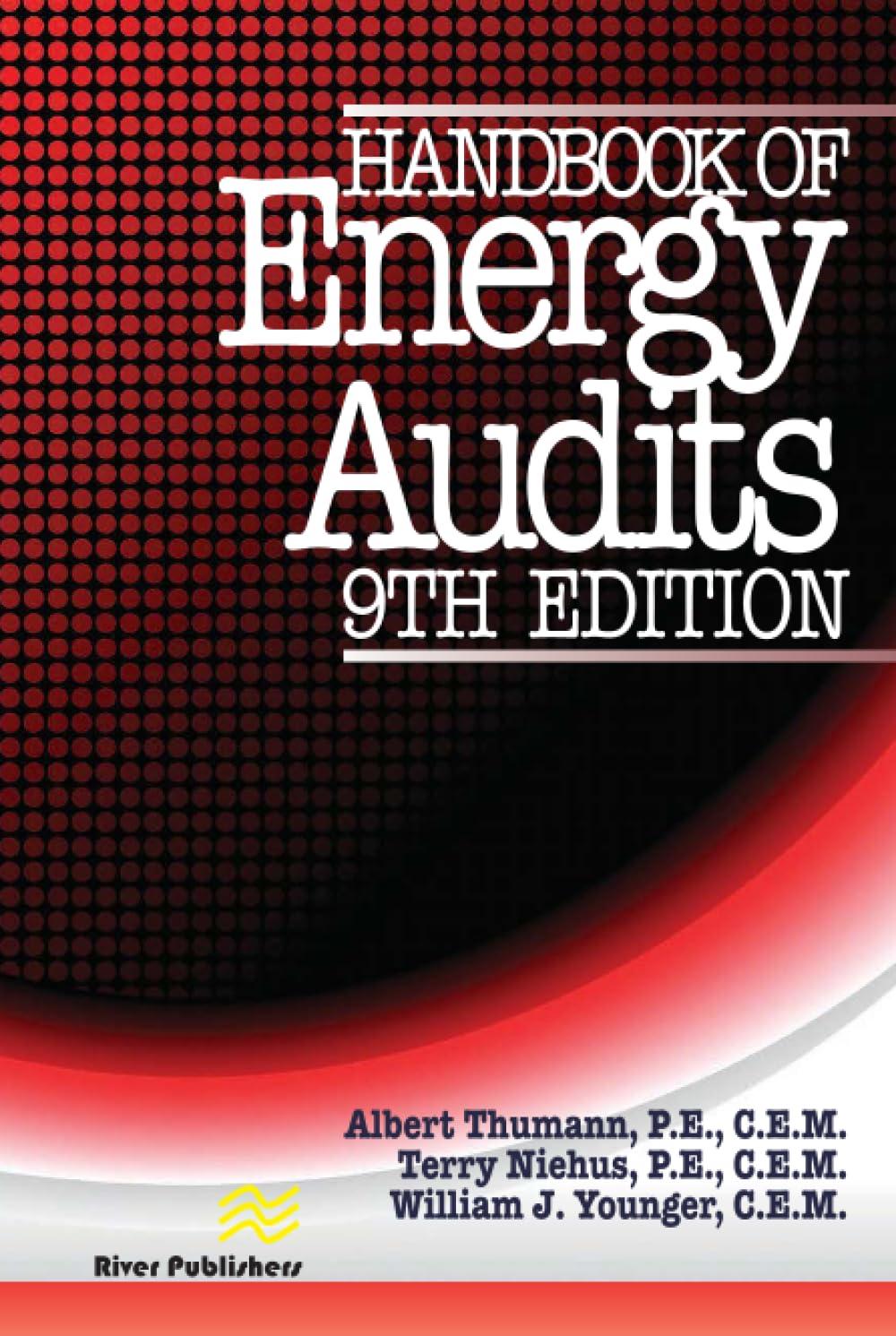Question
4. Direct Labor Variances Greeson Clothes Company produced 15,000 units during June of the current year. The Cutting Department used 2,900 direct labor hours at
4. Direct Labor Variances
Greeson Clothes Company produced 15,000 units during June of the current year. The Cutting Department used 2,900 direct labor hours at an actual rate of $11.30 per hour. The Sewing Department used 4,800 direct labor hours at an actual rate of $11.00 per hour. Assume that there were no work in process inventories in either department at the beginning or end of the month. The standard labor rate is $11.20. The standard labor time for the Cutting and Sewing departments is 0.20 hour and 0.30 hour per unit, respectively.
a. Determine the direct labor rate, direct labor time, and total direct labor cost variance for the Cutting Department and Sewing Department. Enter a favorable variance as a negative number using a minus sign and an unfavorable variance as a positive number.
| Cutting Department | Sewing Department | |
| Direct labor rate variance | $ | $ |
| Direct labor time variance | $ | $ |
| Total direct labor cost variance | $ | $ |
b. The two departments have opposite results. The Cutting Department has a(n) rate and a(n) time variance, resulting in a total cost variance. In contrast, the Sewing Department has a(n) rate variance but has a time variance, resulting in a total cost variance.
5. Factory Overhead Cost Variances
Blumen Textiles Corporation began April with a budget for 32,000 hours of production in the Weaving Department. The department has a full capacity of 43,000 hours under normal business conditions. The budgeted overhead at the planned volumes at the beginning of April was as follows:
| Variable overhead | $76,800 |
| Fixed overhead | 51,600 |
| Total | $128,400 |
The actual factory overhead was $129,900 for April. The actual fixed factory overhead was as budgeted. During April, the Weaving Department had standard hours at actual production volume of 33,000 hours. Enter a favorable variance as a negative number using a minus sign and an unfavorable variance as a positive number. Round your interim computations to the nearest cent, if required.
a. Determine the variable factory overhead controllable variance. $
b. Determine the fixed factory overhead volume variance. $
6. Flexible Budgeting and Variance Analysis
I Love My Chocolate Company makes dark chocolate and light chocolate. Both products require cocoa and sugar. The following planning information has been made available:
| Standard Amount per Case | ||||||
| Dark Chocolate | Light Chocolate | Standard Price per Pound | ||||
| Cocoa | 10 lb. | 7 lb. | $4.2 | |||
| Sugar | 8 lb. | 12 lb. | 0.6 | |||
| Standard labor time | 0.3 hr. | 0.4 hr. | ||||
| Dark Chocolate | Light Chocolate | |||
| Planned production | 3,900 cases | 11,700 cases | ||
| Standard labor rate | $13.5 per hr. | $13.5 per hr. | ||
I Love My Chocolate does not expect there to be any beginning or ending inventories of cocoa or sugar. At the end of the budget year, I Love My Chocolate Company had the following actual results:
| Dark Chocolate | Light Chocolate | |||
| Actual production (cases) | 3,700 | 12,200 | ||
| Actual Price per Pound | Actual Pounds Purchased and Used | |||
| Cocoa | $4.3 | 123,000 | ||
| Sugar | 0.55 | 171,600 | ||
| Actual Labor Rate | Actual Labor Hours Used | |||
| Dark chocolate | $13.2 per hr. | 1,010 | ||
| Light chocolate | 13.8 per hr. | 5,000 | ||
Required:
Prepare the following variance analyses for both chocolates and total, based on the actual results and production levels at the end of the budget year:
- Direct materials price variance, direct materials quantity variance, and total variance.
- Direct labor rate variance, direct labor time variance, and total variance.
Enter a favorable variance as a negative number using a minus sign and an unfavorable variance as a positive number. If there is no variance, enter a zero.
| a. | Direct materials price variance | $ | |
| Direct materials quantity variance | $ | ||
| Total direct materials cost variance | $ | ||
| b. | Direct labor rate variance | $ | |
| Direct labor time variance | $ | ||
| Total direct labor cost variance | $ |
2. The variance analyses should be based on the amounts at volumes. The budget must flex with the volume changes. If the volume is different from the planned volume, as it was in this case, then the budget used for performance evaluation should reflect the change in direct materials and direct labor that will be required for the production. In this way, spending from volume changes can be separated from efficiency and price variances.
Step by Step Solution
There are 3 Steps involved in it
Step: 1

Get Instant Access to Expert-Tailored Solutions
See step-by-step solutions with expert insights and AI powered tools for academic success
Step: 2

Step: 3

Ace Your Homework with AI
Get the answers you need in no time with our AI-driven, step-by-step assistance
Get Started


